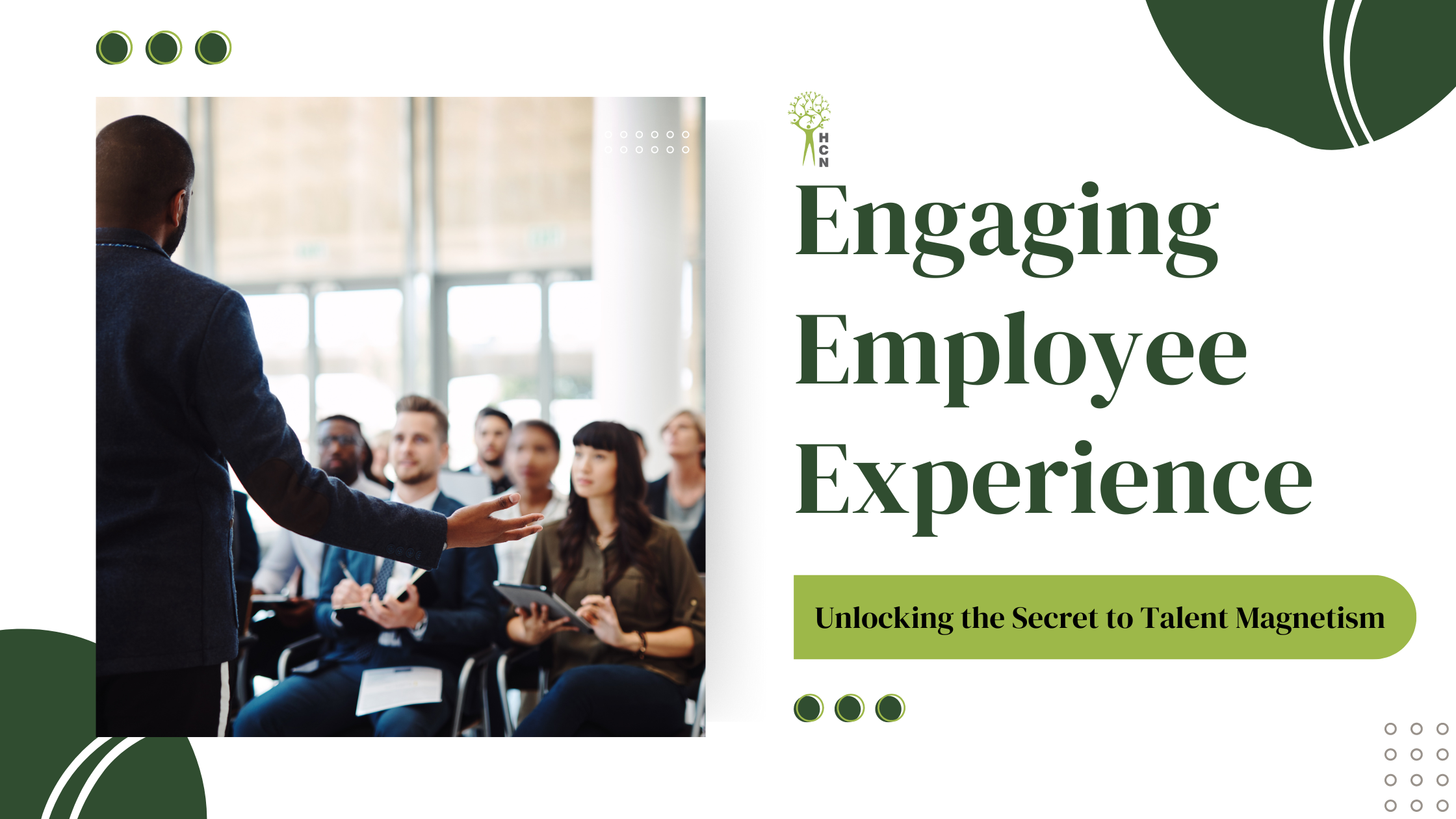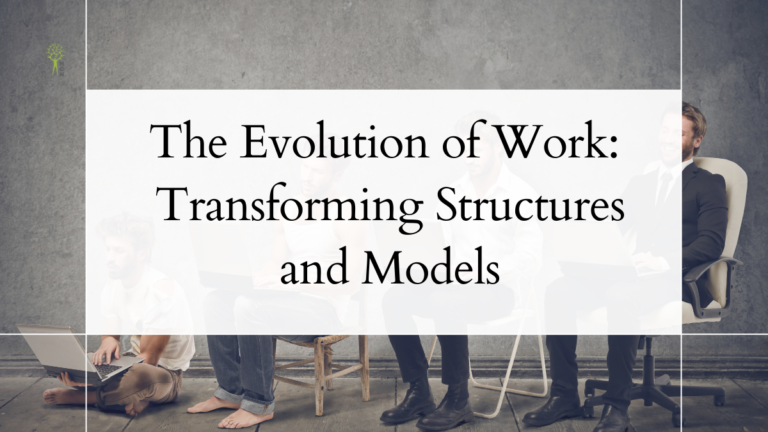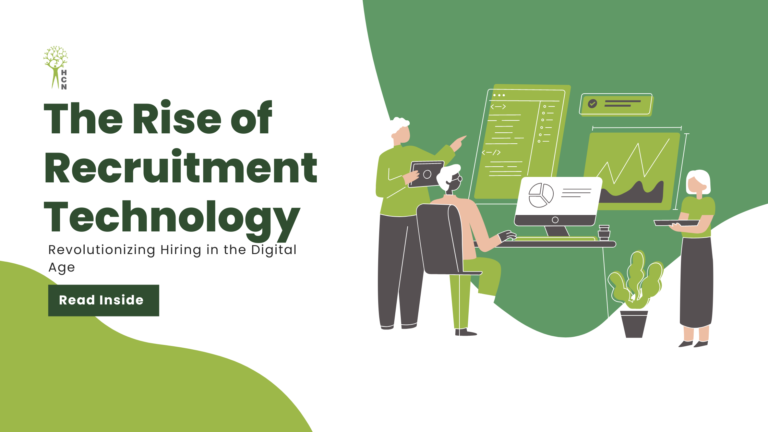Let’s take a trip down memory lane to your own employee experiences – the highs and lows, the moments when you felt truly valued and those when you felt overlooked or underappreciated. We’ve all had instances where a great manager made us feel empowered, supported, and motivated to give our best. Conversely, recall the instances when you felt disconnected from the organization’s vision or lacked the necessary resources or support to thrive. How did those circumstances impact your engagement, motivation, and desire to contribute?
In the era of the Great Resignation, where talented professionals have an unprecedented array of options at their fingertips, organizations are faced with a profound challenge: how do you create an irresistible employee experience that not only attracts top talent but also fosters long-term engagement and retention?
The answer lies in recognizing that modern employees are no longer just workers – they are consumers of the organizational experience. Just as businesses strive to deliver exceptional customer experiences, they must now prioritize crafting captivating employee journeys that ignite passion, foster growth, and cultivate a deep sense of belonging.
Why is an Engaging Employee Experience Crucial?
The statistics speak volumes: According to Gallup’s State of the Global Workplace report, a staggering 85% of employees worldwide are either not engaged or actively disengaged at work. This disengagement translates into a colossal $7 trillion in lost productivity annually.
On the flip side, organizations with highly engaged workforces experience a remarkable 23% increase in profitability, demonstrating the profound impact of an engaging employee experience.
Moreover, in today’s hyper-connected world, where employees have unprecedented access to information and peer networks, a lacklustre experience can quickly tarnish an organization’s reputation, making it challenging to attract and retain top talent.
Framework for Building and Creating Value in Employee Experiences
The Employee Experience Value (EEV) Framework is a comprehensive approach designed to create engaging, personalized, and valuable employee experiences. This framework is built around five core pillars: Personalization, Engagement, Development, Well-being, and Recognition (PEDWR). Each pillar contains specific strategies and actions that organizations can implement to enhance employee experiences.
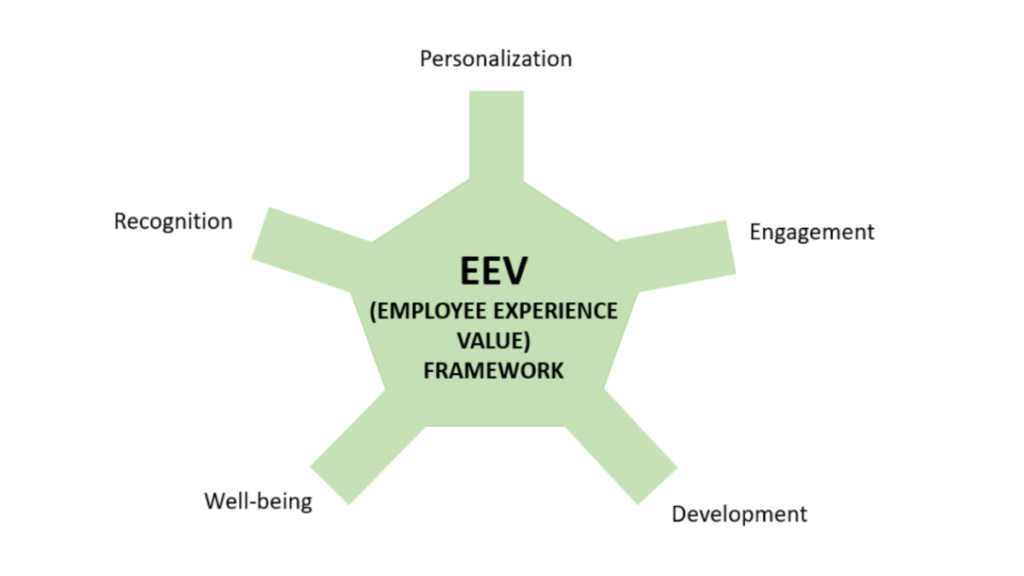
Pillar 1: Personalization
Objective: Tailor the work environment and experiences to meet the individual needs and preferences of employees.
Employee Personas and Journey Mapping
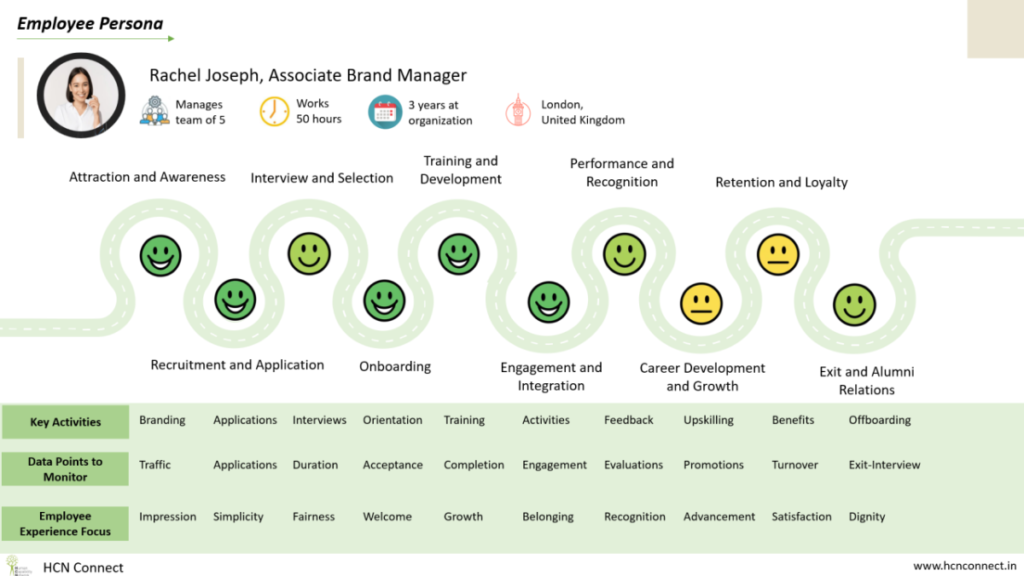
- Develop detailed employee personas based on demographic data, job roles, and personal preferences.
- Map out employee journeys to identify touchpoints and opportunities for personalization.
Customizable Work Environments· Offer flexible work arrangements, such as remote work, flexible hours, and customizable office spaces.· Provide tools and technologies that allow employees to personalize their workspace, both physically and digitally.
Personalized Communication
· Utilize data analytics to tailor internal communications to individual preferences and needs.
· Implement AI-driven platforms that offer personalized news feeds, updates, and content recommendations.
Key Metrics:
· Employee satisfaction scores with personalization efforts.
· Usage rates of flexible work arrangements and customizable tools.
· Engagement levels with personalized communication channels.
Pillar 2: Engagement
Objective: Foster a sense of belonging and active participation in the workplace.
Interactive Onboarding Programs
· Design immersive onboarding experiences that introduce new hires to the company culture and values.
· Use gamification elements to make onboarding interactive and engaging.
Employee Involvement in Decision-Making
· Create platforms for employees to voice their opinions and participate in decision-making processes.
· Implement regular town hall meetings and feedback sessions to encourage open communication.
Collaborative Tools and Platforms
· Provide tools that facilitate collaboration and teamwork, such as project management software and communication platforms.
· Encourage cross-functional projects and team-building activities to enhance cooperation.
Key Metrics:
· Onboarding completion and satisfaction rates.
· Participation levels in decision-making platforms and feedback sessions.
· Collaboration and teamwork metrics, such as project success rates and interdepartmental cooperation.
Pillar 3: Development
Objective: Support continuous learning and professional growth for employees.
Individual Development Plans (IDPs)
· Develop personalized development plans for each employee based on their career goals and aspirations.
· Conduct regular reviews and updates to ensure alignment with evolving goals and company needs.
Learning and Development Programs
· Offer a variety of learning opportunities, including online courses, workshops, mentorship programs, and certifications.
· Utilize AI to recommend personalized learning paths and resources.
Career Pathing and Advancement Opportunities
· Create clear career paths and advancement opportunities within the organization.
· Implement succession planning to identify and develop future leaders.
Key Metrics:
· Employee participation and completion rates in development programs.
· Career advancement rates and internal promotion statistics.
· Employee satisfaction with development opportunities.
Pillar 4: Well-being
Objective: Promote the physical, mental, and emotional well-being of employees.
Comprehensive Wellness Programs
· Offer holistic wellness programs that address physical health, mental health, and emotional well-being.
· Provide access to resources such as fitness classes, mental health support, and wellness workshops.
Work-Life Balance Initiatives
· Implement policies that promote a healthy work-life balance, such as flexible work schedules and generous leave policies.
· Encourage employees to take regular breaks and vacations to prevent burnout.
Supportive Work Environment
· Foster a supportive and inclusive work environment that promotes well-being.
· Train managers to recognize and address signs of stress and burnout among their teams.
Key Metrics:
· Participation rates in wellness programs and initiatives.
· Employee self-reported well-being and stress levels.
· Retention rates and absenteeism statistics.
Pillar 5: Recognition
Objective: Acknowledge and reward employees for their contributions and achievements.
Regular and Meaningful Recognition
· Implement a recognition program that regularly acknowledges employee achievements, both big and small.
· Encourage peer-to-peer recognition through platforms that allow employees to recognize each other’s contributions.
Diverse Reward Systems
· Offer a variety of rewards that cater to different preferences, such as monetary bonuses, extra time off, and personalized gifts.
· Tie recognition and rewards to company values and goals to reinforce desired behaviors.
Transparent and Fair Recognition Processes
· Ensure that recognition processes are transparent and based on clear criteria.
· Regularly review and update recognition programs to maintain fairness and relevance.
Key Metrics:
· Frequency and diversity of recognition events and rewards.
· Employee satisfaction with recognition programs.
· Impact of recognition on performance and engagement levels.
Strategies for Success
To bring this framework to life, organizations must adopt a multi-faceted approach:
· Embrace Design Thinking: Involve employees in the co-creation of their experiences, leveraging design thinking methodologies to uncover their unique needs, preferences, and aspirations.
· Leverage Technology: Invest in cutting-edge digital platforms and tools that facilitate seamless communication, collaboration, and personalized experiences, such as mobile apps, virtual reality (VR), and artificial intelligence (AI)-powered assistants.
· Foster a Culture of Empowerment: Encourage employee autonomy, trust, and ownership by embracing agile methodologies, decentralized decision-making, and empowering leaders who inspire and support their teams.
· Measure and Iterate: Continuously gather feedback through pulse surveys, focus groups, and sentiment analysis, using data-driven insights to refine and optimize the employee experience.
In the words of Richard Branson, “Train people well enough so they can leave, treat them well enough so they don’t want to.” By prioritizing an engaging employee experience, organizations can unlock the secret to talent magnetism, fostering a passionate, committed, and high-performing workforce that drives innovation and propels long-term success.

